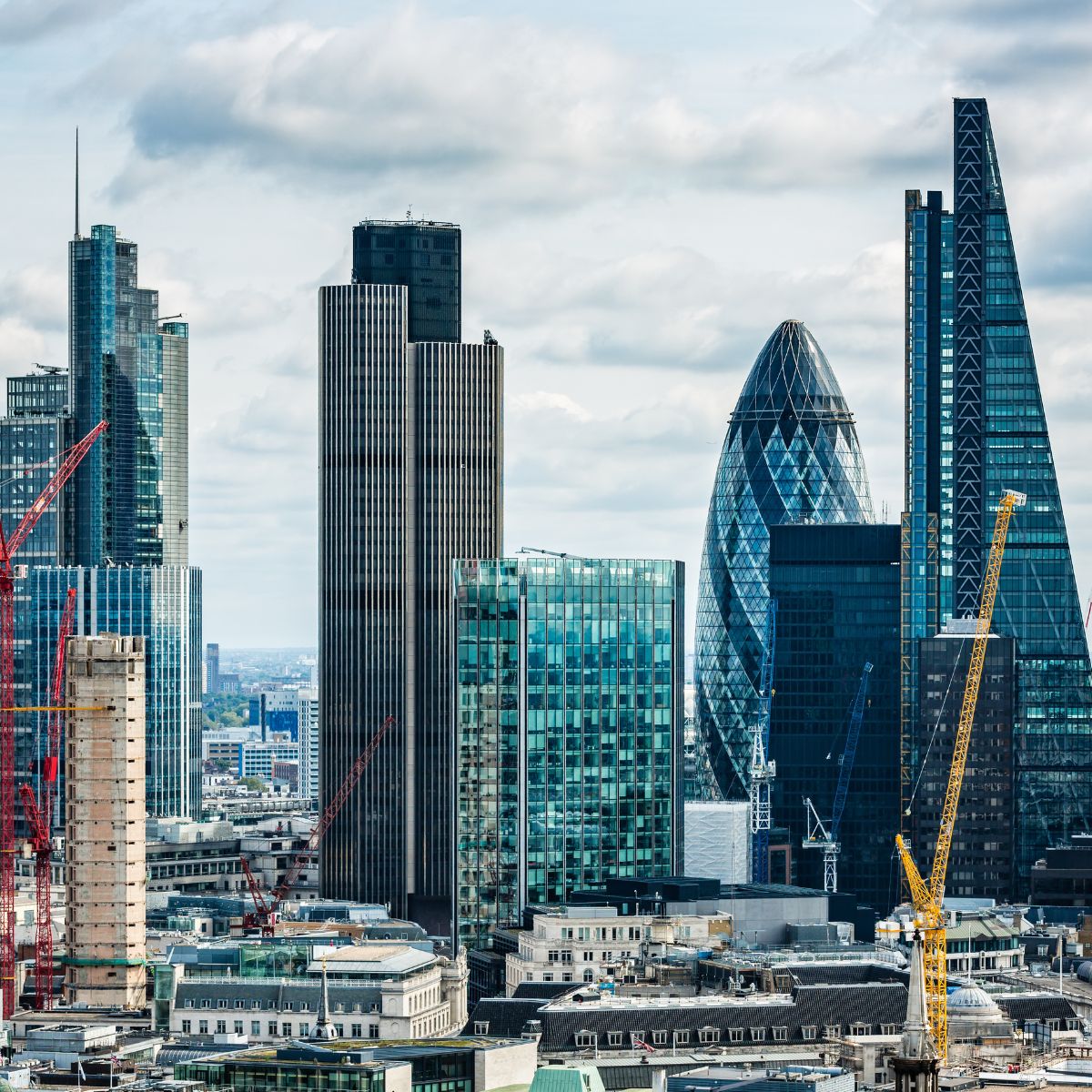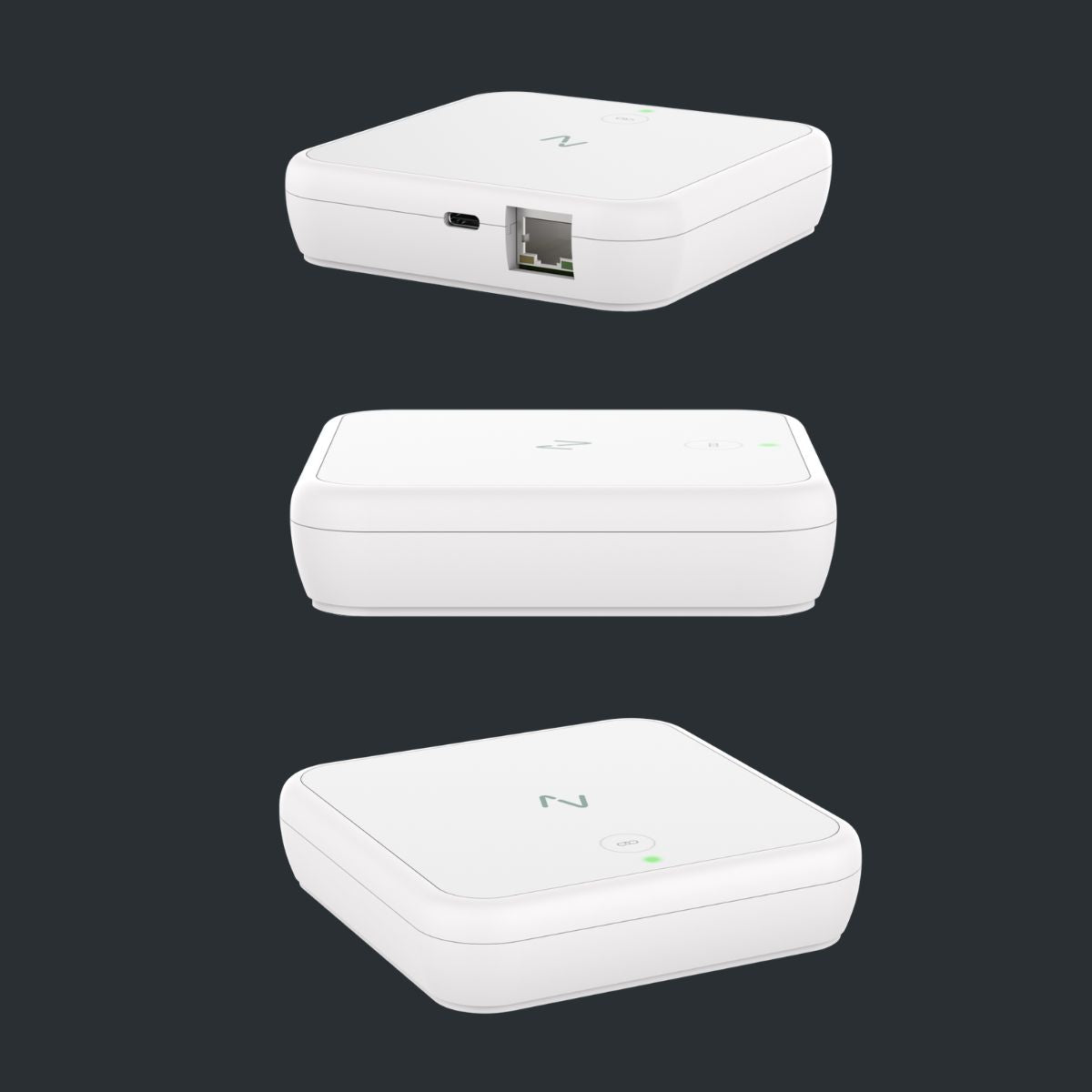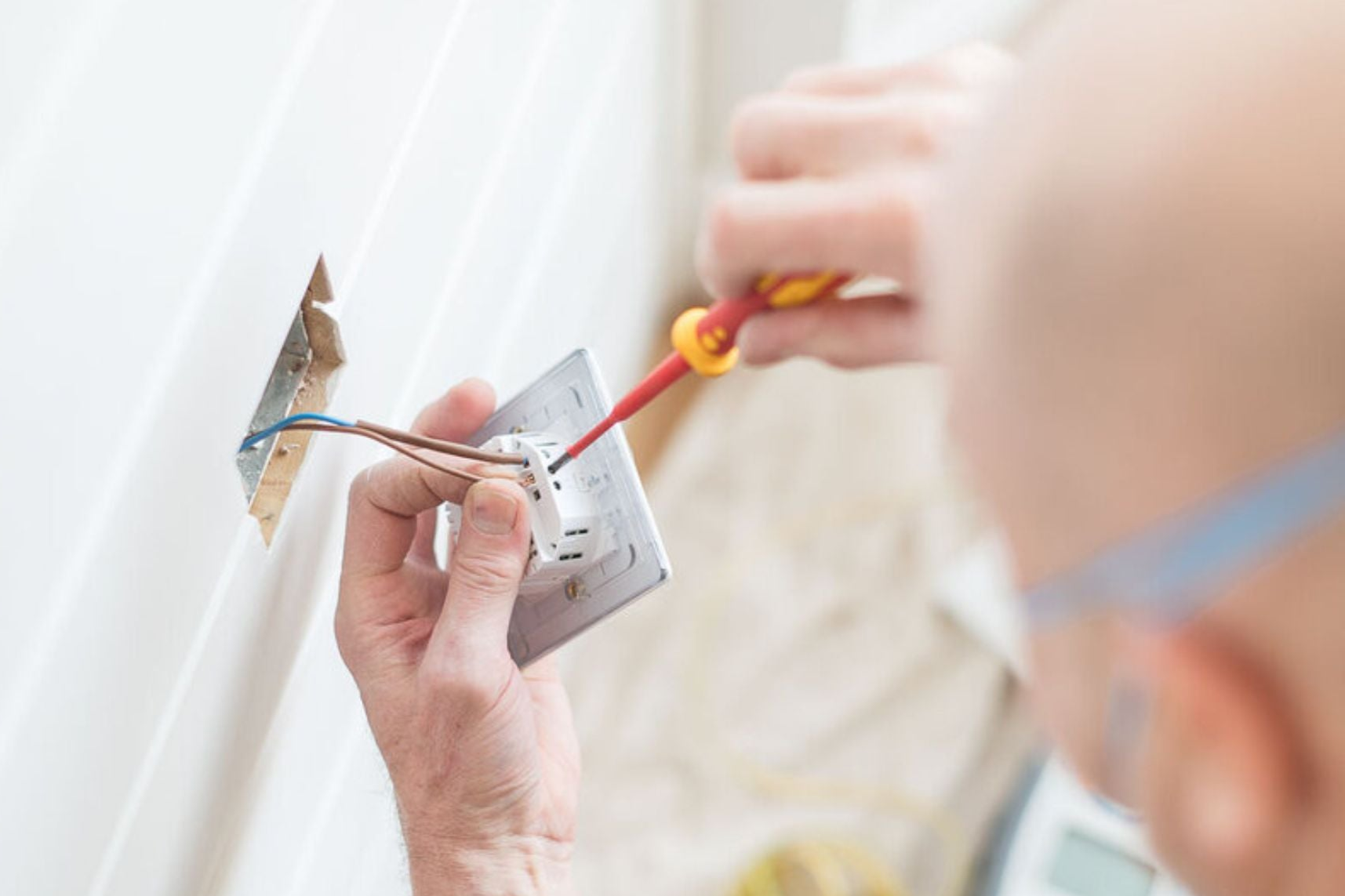Sustainability
As a pioneering designer and manufacturer of energy-efficient smart home products, Lightwave deeply understands the importance of protecting our environment and conserving resources for future generations.

Save Energy, Reduce Impact
Lightwave products deliver significant energy savings for both residential and commercial customers. Our smart home systems optimise energy use with automated controls for lighting, heating, and power, while real-time monitoring helps you make informed decisions. This reduces your carbon footprint and lowers energy costs, contributing to a more sustainable future.

Built to Last, Sustainably
At Lightwave, our products are engineered for longevity and sustainability, built from the ground up to meet high standards of performance, reliability, and quality. Designed with durability in mind, our products incorporate eco-friendly materials and work flawlessly from the moment they arrive, continuing to perform for years. This reduces waste and minimises the need for frequent replacements.

Adaptable and Retrofit-Friendly
One of the key advantages of Lightwave products is their adaptability. Our solutions are designed to be easily retrofitted into existing buildings without the need for extensive rewiring. You can expand your smart home system with minimal disruption, adding new devices as you go.
Since our foundation in 2007, we have continuously evolved, developing innovative solutions that enhance the convenience of modern living while saving energy, reducing waste, and improving efficiency.
-
Sustainable Packaging
We've transformed all our product and delivery packaging to be fully recyclable, replacing polystyrene, bubble wrap, and plastic tape with recycled paper alternatives.
-
Digital Installation Guides
To reduce waste, we're phasing out printed manuals and using QR codes in product boxes to link to digital guides.
Transition to Electric Vehicles
Currently, 66% of our company-leased vehicles are fully electric or hybrid, significantly reducing fuel consumption and emissions. We aim to increase this to 80% by the end of 2024 and achieve 100% by 2025.